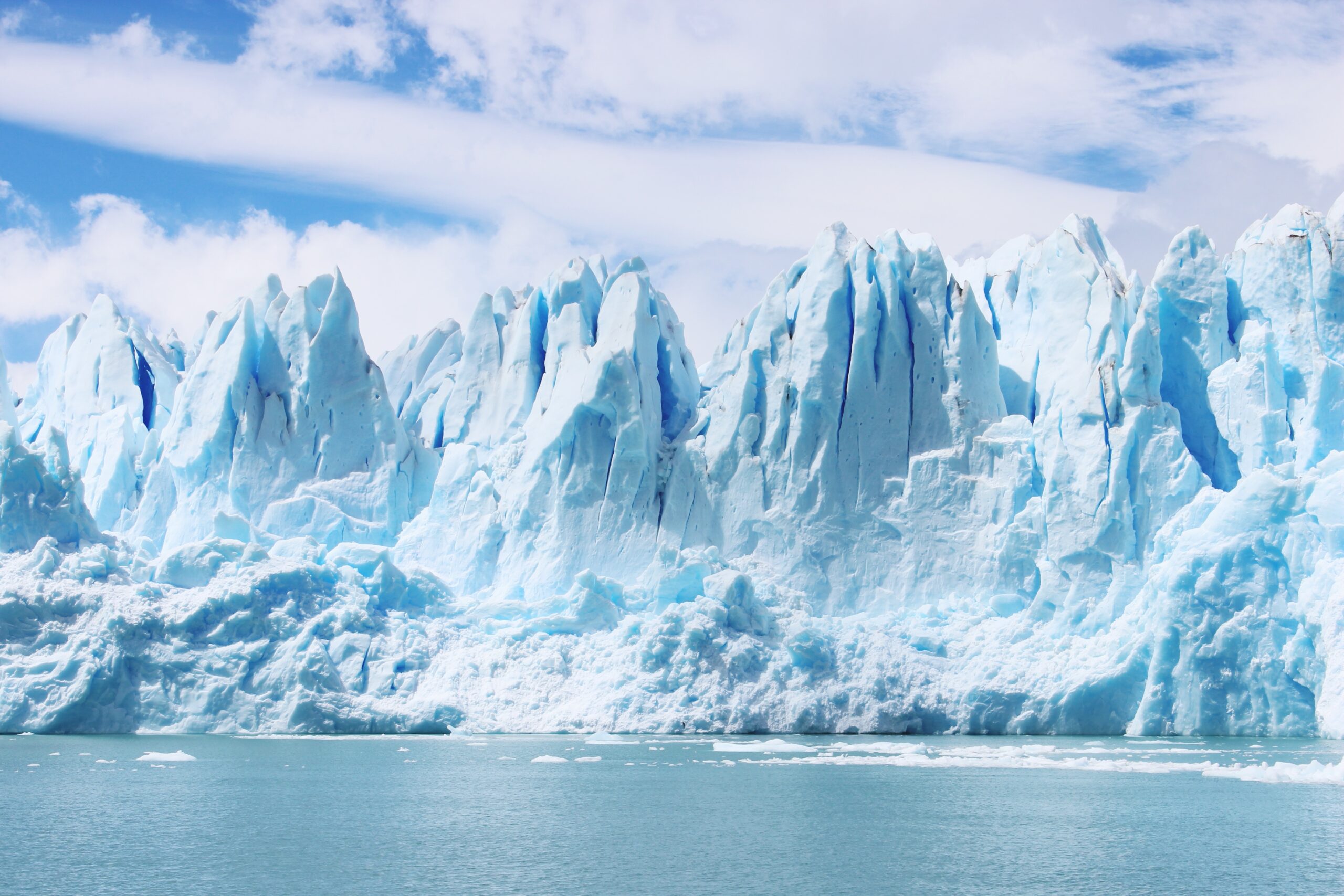THE WASHINGTON POST – The world’s largest iceberg is on the move, drifting out of the Southern Ocean because of steering wind and ocean currents. The “megaberg,” as some scientists have called it, broke off from an ice shelf more than three decades ago and has been pretty stationary ever since – until now.
With a staggering 400-metre height, nearly the size of One World Trade Centre, and a 3,900-square-kilometre width, the iceberg is nearly three times the size of New York City (including all five boroughs). The diameter is twice the distance between downtown DC and downtown Baltimore.
British researchers aboard the RRS Sir David Attenborough, a research ship, passed the ice giant last Friday on their way to the Weddell Sea, part of an effort to assess how climate change is affecting the Southern Ocean and the organisms that live there.

Now, the iceberg will possibly be swept along by the Antarctic Circumpolar Current into “iceberg alley” toward the sub-Antarctic Island of South Georgia, the British Antarctic Survey said in a statement.
“It’s a state-sized iceberg. It’s a big, big iceberg, it’s also equivalent to about the size of Rhode Island,” said Walter Meier, a senior research scientist at the National Snow and Ice Data Centere. Historically, there have been even larger icebergs that have melted or broken apart, he said.
When and why did it break off?
Icebergs are large chunks of ice that break off, or calve, from glaciers or ice shelves. This particular one, with a scientific name of A23a, calved from the Filchner Ice Shelf in 1986.
The iceberg floated into shallow water and got stuck on a seabed. Warmer water, just above freezing, caused the iceberg to lift above its sandbank and start drifting.
And it’s not uncommon for icebergs to get stuck. What is a bit unusual about the megaberg is that it took so long for it to start moving, Meier said.
Now, the iceberg’s drift is at the mercy of the current. Currents generally move a few miles per hour.
“It may not be moving as fast as the current because there’s a lot of mass there but generally the currents are going to be pushing it along pretty quick once it gets moving,” Meier said
What do icebergs tell us about the climate?
Iceberg formation isn’t necessarily an indicator of climate change or warming temperatures the same way crashing ice shelves are.
But icebergs store records. Ice sheets are remnants of historical snow, which became compressed, more than a million years ago over Antarctica. The different dust particles and air bubbles stored in the layers of ice tell the tale of air temperatures and carbon dioxide levels from thousands of years ago.
The surface of icebergs can also give information on surface and atmospheric conditions. The dust and particles also serve as nutrients for sea life, Meier said.

“As it flows down slowly and then it carves up, that’s basically the end of a life cycle of ice on Antarctica,” Meier said.
Some experts are also watching to see how close the megaberg gets to the South Georgia Island, as it could cause potential interruptions to wildlife there.
The iceberg could block the bay and trap penguins, and other animals, keeping them from getting to food in the open water.
“It could have ramifications since there’s a lot of wildlife on South Georgia, both in the ocean and on land, and that could really disrupt the ecosystem there,” Meier said.
How do icebergs lose size?
Icebergs aren’t everlasting structures. Like all ice, they eventually melt. Icebergs just don’t simply melt down to the size of an ice cube.
As icebergs drift north of Antarctica, they encounter warm water, which causes them to erode and melt away.
The Southern Ocean is also notorious for ragged waves which cause icebergs to fall apart. The combination of strong waves and warmer water causes large icebergs to break into smaller icebergs or ice chunks.
“All icebergs have that same fate, no matter how big they are,” Meier said. “The bigger ones obviously last longer and tend to make it further.”
It takes several weeks to months for icebergs to shrink in size. The rate of withering generally depends on how quickly the iceberg moves north and the amount of ice that gets chipped away by storms and waves. But Meier believes A23a will be around for a while.






